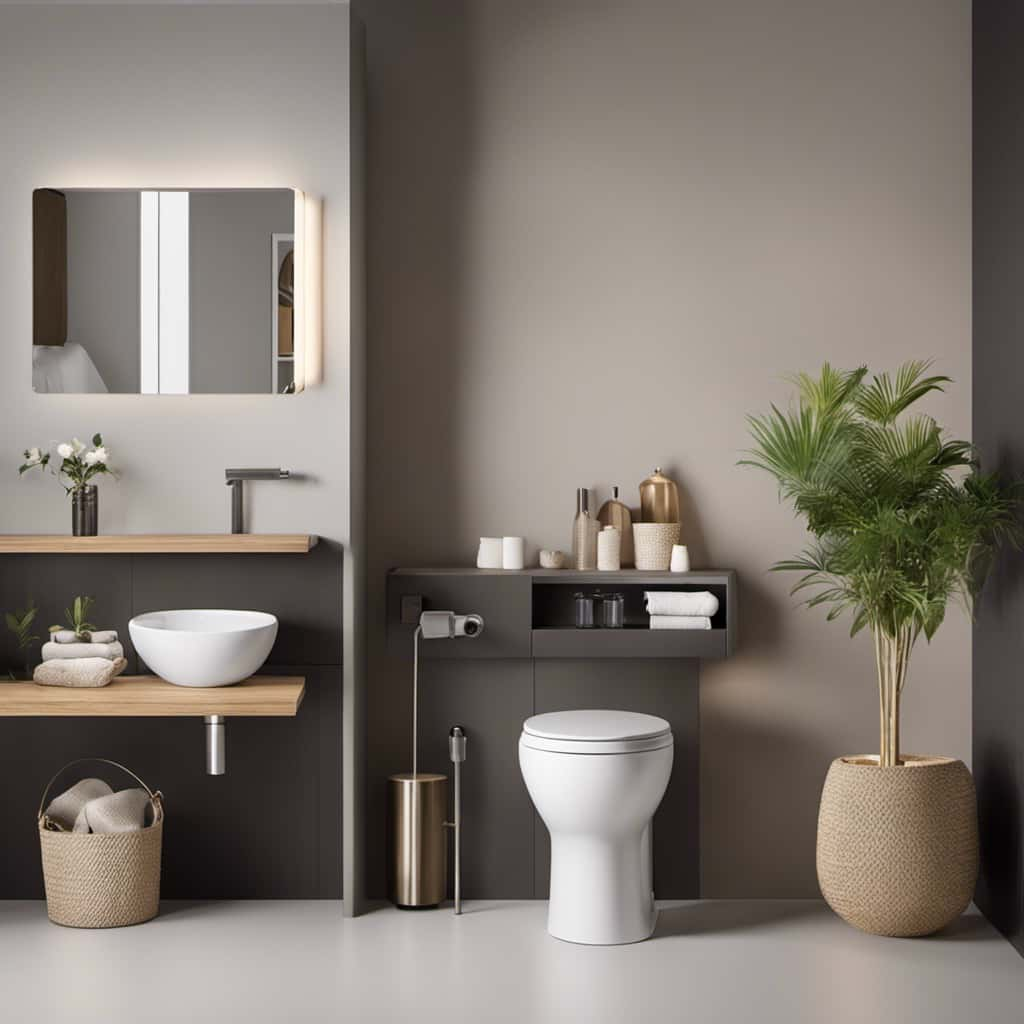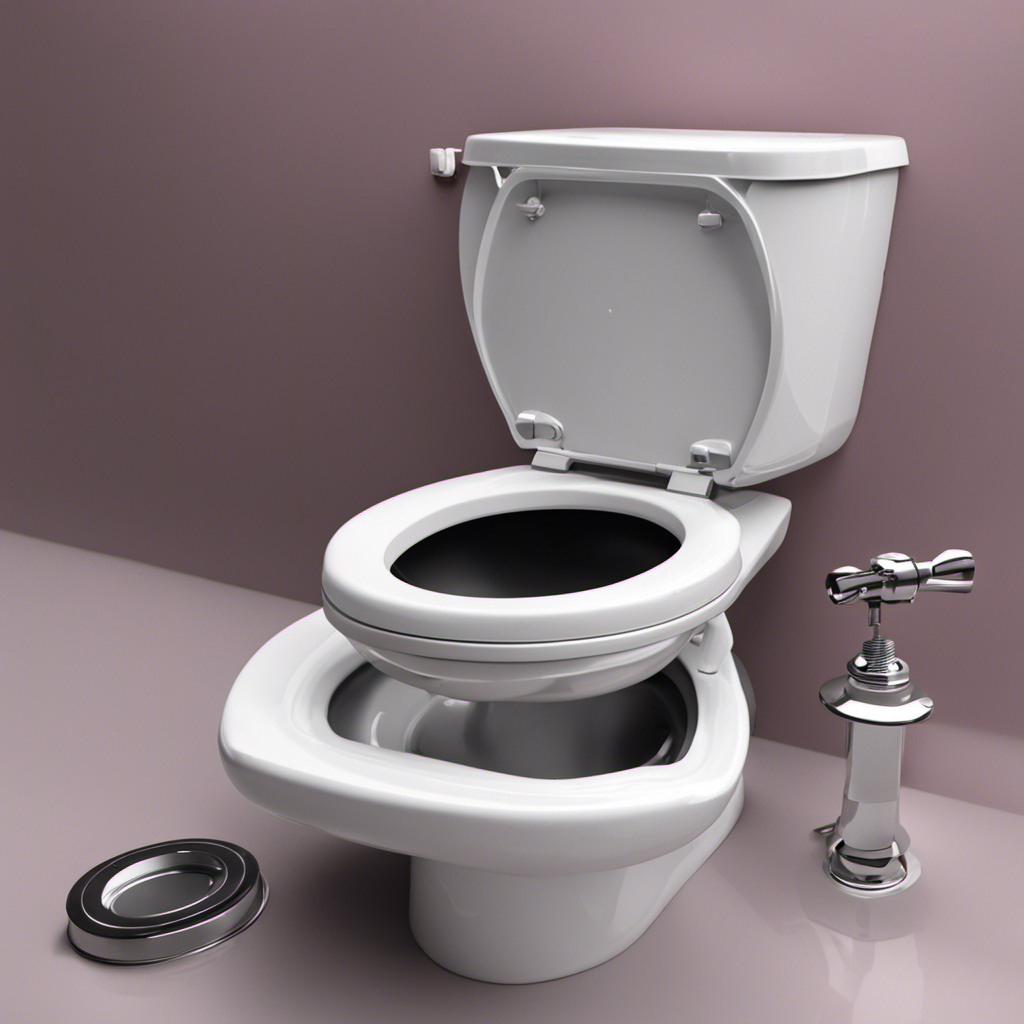Are you aware that a malfunctioning flush valve could potentially waste as much as 200 gallons of water each day? This is why it is imperative to recognize the significance of regular maintenance for your toilet’s flush valve.
In this article, we will explain how the flush valve works, common issues you may encounter, signs that it needs replacement, and tips for proper maintenance.
By mastering the knowledge of your flush valve, you can save water and ensure your toilet operates efficiently.
Key Takeaways
- The flush valve is important for efficient water usage and reducing water bills.
- It provides a powerful and effective flush, saving time and preventing clogs.
- The flush valve is durable, reliable, and easy to maintain.
- Common issues with flush valves include weak flush, continuous running, water leaks, incomplete flush, and noisy operation.
Importance of the Flush Valve
The flush valve plays a crucial role in the proper functioning of our toilets. Its importance lies in the benefits and advantages it offers.

Firstly, the flush valve ensures efficient water usage by controlling the flow of water into the toilet bowl. This not only helps in conserving water, but also reduces the water bills.
Secondly, the flush valve ensures a powerful and effective flush, eliminating the need for multiple flushes. This saves time and prevents potential clogs.
Additionally, modern flush valves are designed to be durable, reliable, and easy to maintain, making them a cost-effective choice in the long run.
In the subsequent section, we’ll delve into how the flush valve works to provide these benefits and advantages.

How the Flush Valve Works
Moving on to how the flush valve operates within the toilet system, let’s delve into its mechanics and functionality.
The flush valve mechanism is responsible for controlling the release of water from the tank into the bowl during a flush. When the flush lever is pressed, it lifts the flapper or canister seal, allowing water to flow into the bowl. Once the water level drops, the flapper or canister seal closes, preventing any further water from entering. This simple yet effective mechanism ensures a powerful and efficient flush.
Troubleshooting flush valve issues mainly involve checking for any leaks, adjusting the chain or linkage, and ensuring proper alignment of the flapper or canister seal.
Now that we understand how the flush valve works, let’s move on to discussing common issues with flush valves.
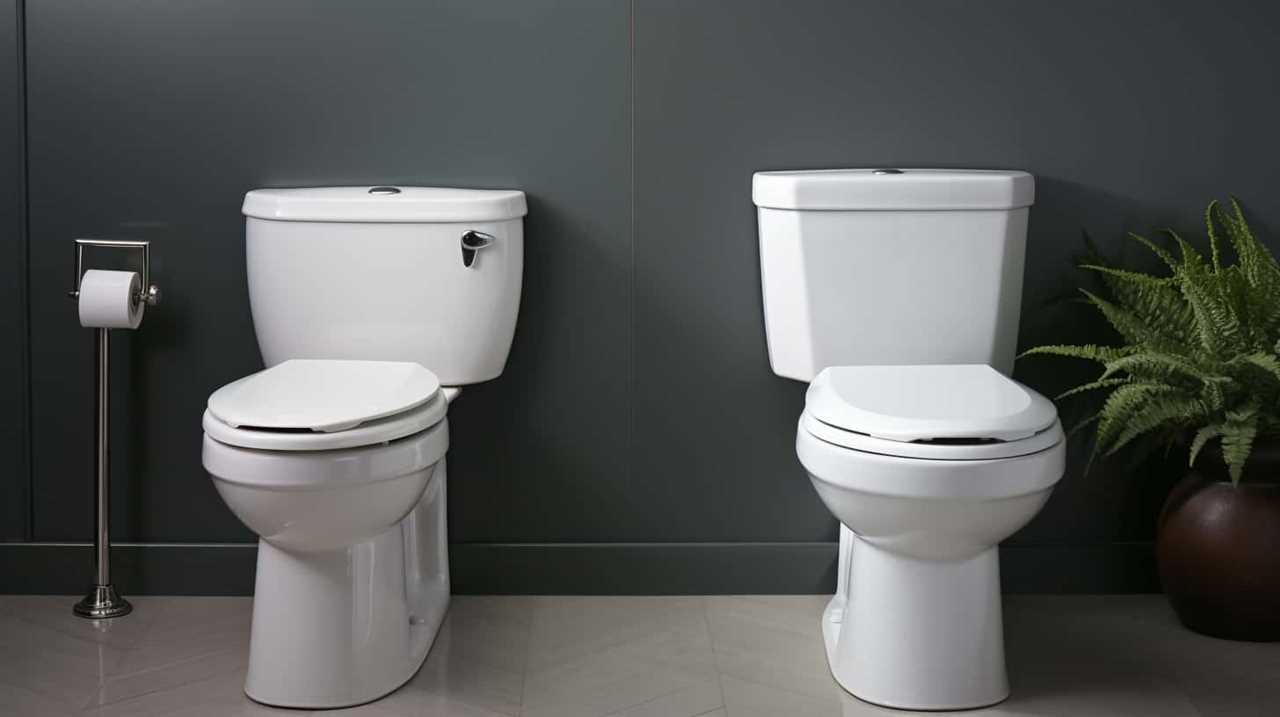
Common Issues With Flush Valves
Now that we understand how the flush valve works, let’s explore what common issues can arise with flush valves. Here are some troubleshooting tips for flush valves:
- Weak Flush: If your toilet isn’t flushing with enough force, it could be due to a clogged water supply line or a partially closed shut-off valve. Check these components and ensure they’re functioning properly.
- Continuous Running: A toilet that keeps running after flushing can waste a significant amount of water. This problem is often caused by a faulty flapper or a fill valve that needs adjustment. Inspect and replace these parts as needed.
- Water Leaks: If you notice water pooling around the base of your toilet, it may be due to a faulty flush valve seal. Replace the seal to prevent further leakage.
- Incomplete Flush: If the toilet bowl doesn’t empty completely after flushing, it could be due to a partial clog in the drain or a worn-out flapper. Clear any obstructions and replace the flapper if necessary.
- Noisy Operation: If your flush valve makes loud noises or rattling sounds, it may be due to loose parts or mineral deposits. Tighten any loose components and clean the valve to eliminate the noise.
Signs That Your Flush Valve Needs Replacement
Our first indication that our flush valve needs replacement is when we experience frequent leaks around the base of the toilet. A flush valve malfunction can lead to water leakage, causing damage to the surrounding area and wasting water.
Troubleshooting flush valve problems involves checking for cracks or deterioration in the valve itself. Additionally, if the flush valve fails to seal properly, it can result in continuous water running or inadequate flushing.
Another sign of a faulty flush valve is when the toilet tank doesn’t fill up properly after flushing. This could indicate a worn-out or damaged valve that needs to be replaced.
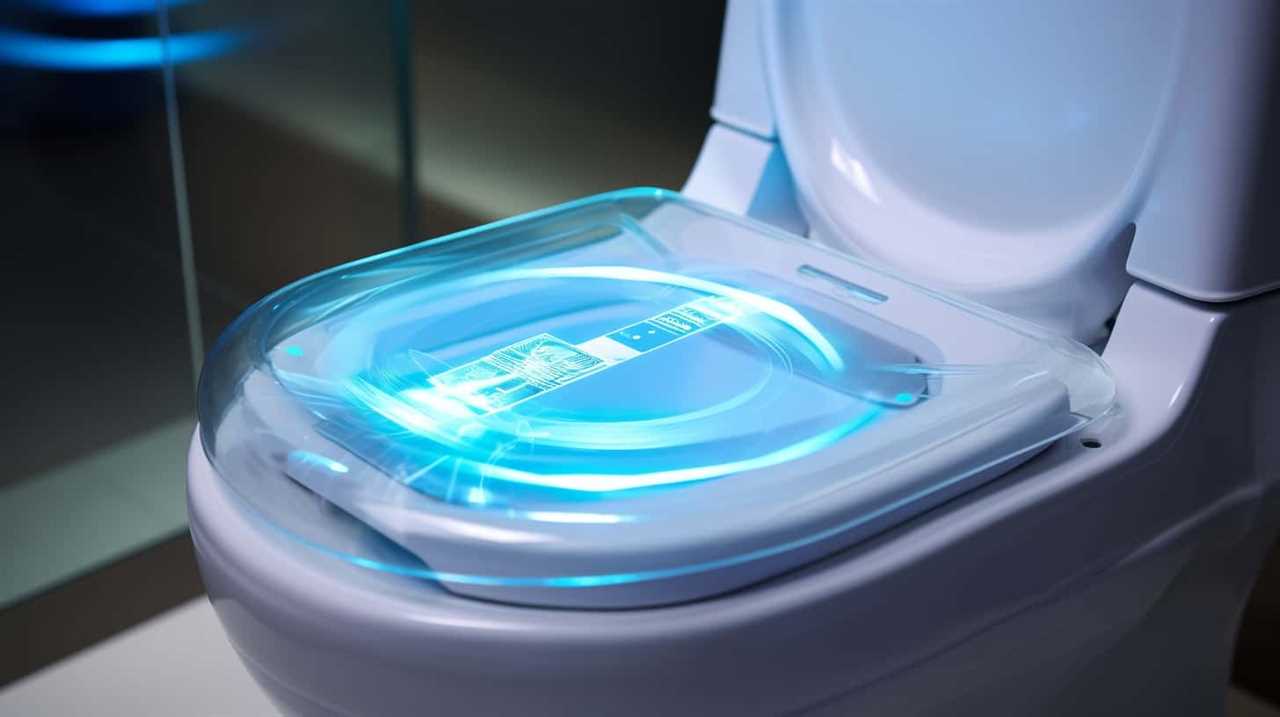
It’s important to address these issues promptly to avoid further damage and ensure the efficient functioning of your toilet.
Tips for Maintaining Your Flush Valve
After identifying signs that your flush valve may need replacement, it’s important to understand some tips for maintaining it to prevent future issues. Proper flush valve maintenance is essential for ensuring the efficient and reliable operation of your toilet. Here are some expert tips to keep your flush valve in optimal condition:
- Regular Cleaning: Clean your flush valve regularly to remove any buildup of mineral deposits or debris that can affect its performance.
- Check for Leaks: Inspect your flush valve for leaks by adding a few drops of food coloring to the tank and checking if it seeps into the bowl without flushing.
- Adjust Water Level: Adjust the water level in the tank to prevent overfilling and reduce strain on the flush valve.
- Use Compatible Cleaning Products: Avoid using harsh chemicals or abrasive cleaners that can damage the flush valve or its components.
- Seek Professional Help: If you encounter persistent issues or are unsure about troubleshooting flush valves, consult a professional plumber for assistance.
Frequently Asked Questions
What Is the Lifespan of a Toilet Flush Valve?
The lifespan of a toilet flush valve depends on various factors such as maintenance and usage. Signs of a failing flush valve include leaks, weak flushes, and constant running. Regular maintenance can prolong its lifespan.
Can I Replace a Flush Valve on My Own or Do I Need to Hire a Plumber?
Can we replace a flush valve on our own or should we hire a plumber? While DIY flush valve installation is possible, hiring a professional plumber ensures precise and efficient replacement, avoiding potential issues and ensuring optimal performance.
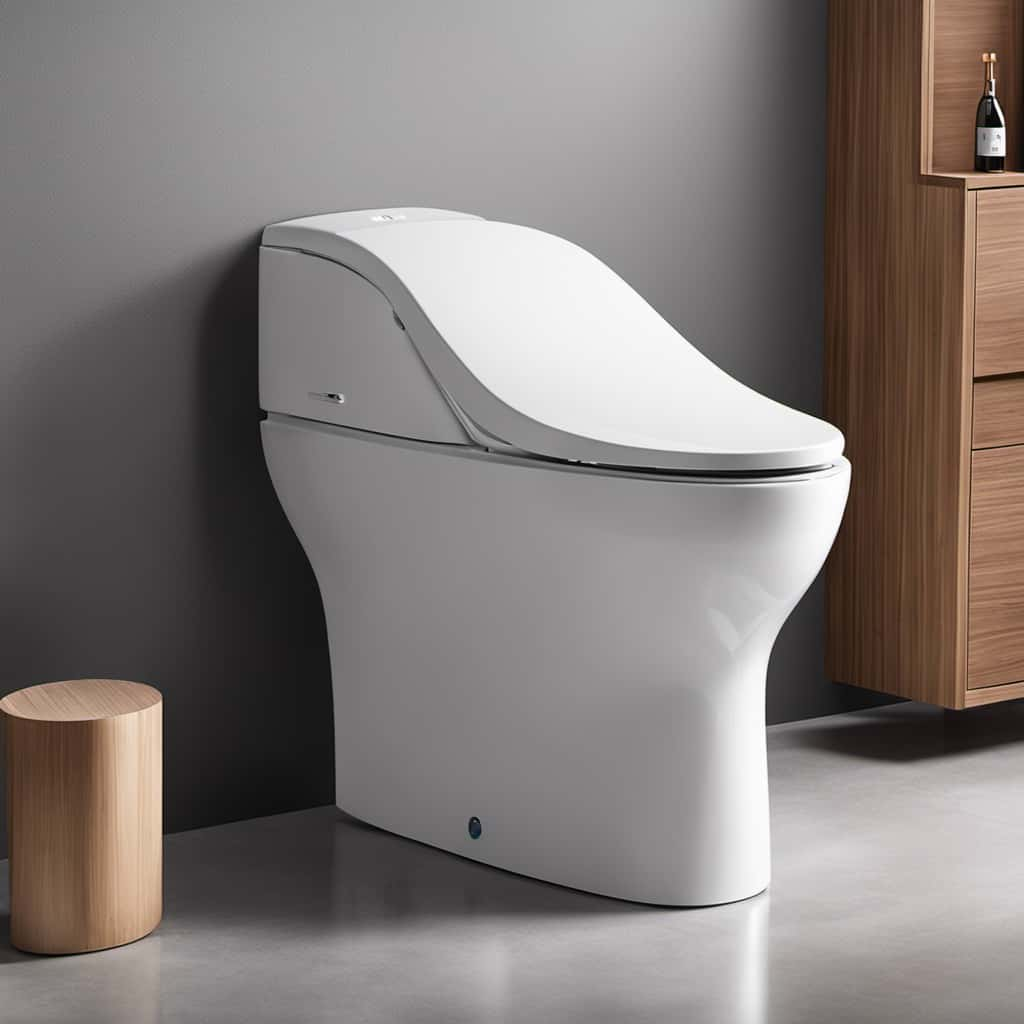
How Often Should I Clean My Toilet Flush Valve?
Toilet flush valve maintenance is crucial to ensure proper functioning. Signs of a dirty flush valve include weak flushing, water leaks, and unpleasant odors. We should clean our toilet flush valve regularly to prevent these issues.
Are There Any Eco-Friendly Flush Valve Options Available?
There are eco-friendly flush valve options available that utilize materials that are better for the environment. These valves offer benefits such as reduced water consumption and lower carbon footprint.
Can a Faulty Flush Valve Cause High Water Bills?
If you’re wondering whether a faulty flush valve can cause high water bills, the answer is yes. Common signs of a faulty flush valve include continuous running water and water leaks. To troubleshoot, check for leaks and consider replacing the valve.
Conclusion
In conclusion, the flush valve is a crucial component of any toilet system. It plays a vital role in ensuring efficient flushing and preventing water wastage. By understanding how the flush valve works and being aware of common issues, you can easily identify when it needs replacement.
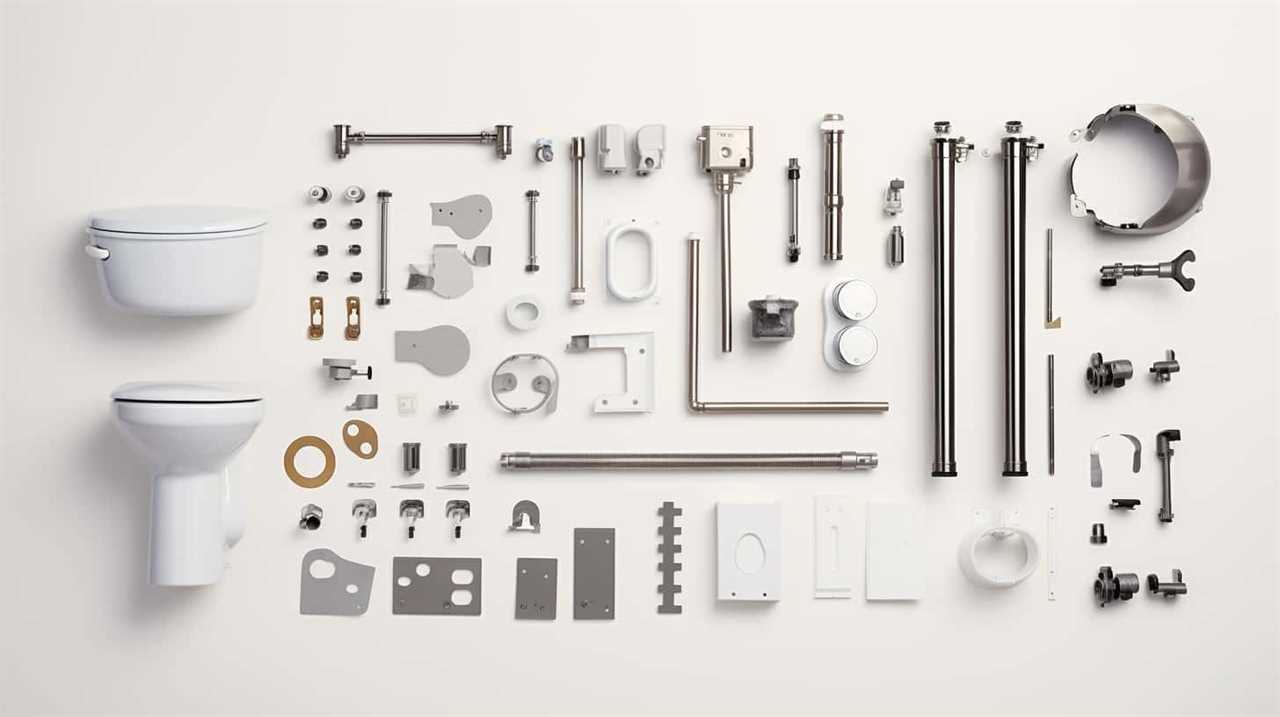
Regular maintenance and timely repairs can prolong the life of your flush valve, saving you from unnecessary expenses. So, remember to keep an eye out for signs of malfunction and take proper care of your flush valve for a smoothly running toilet.
